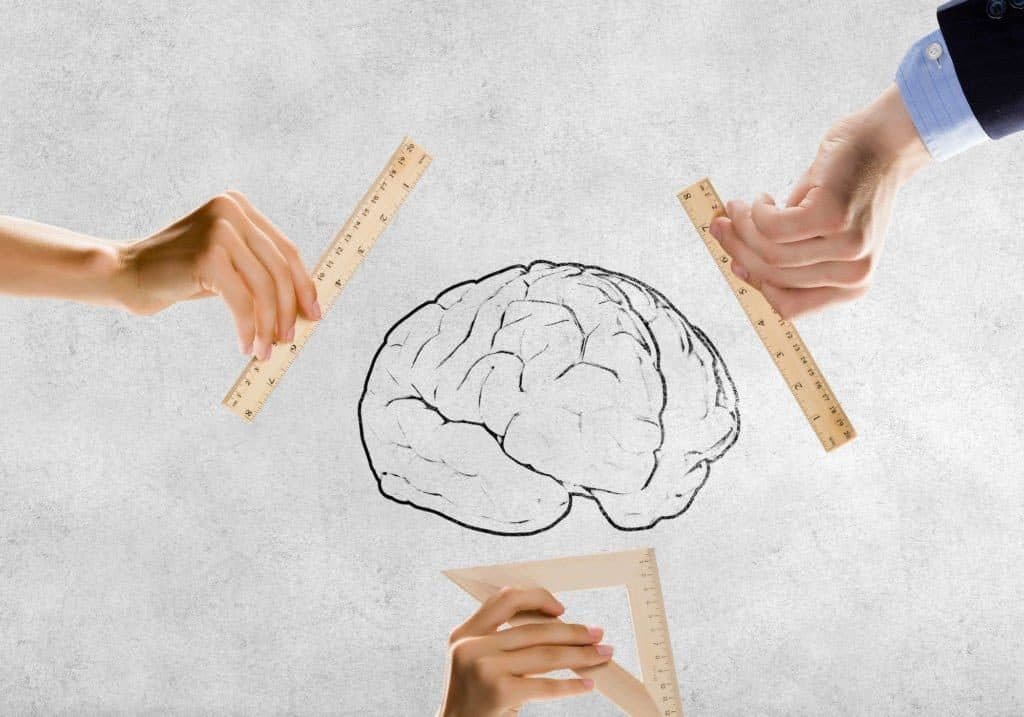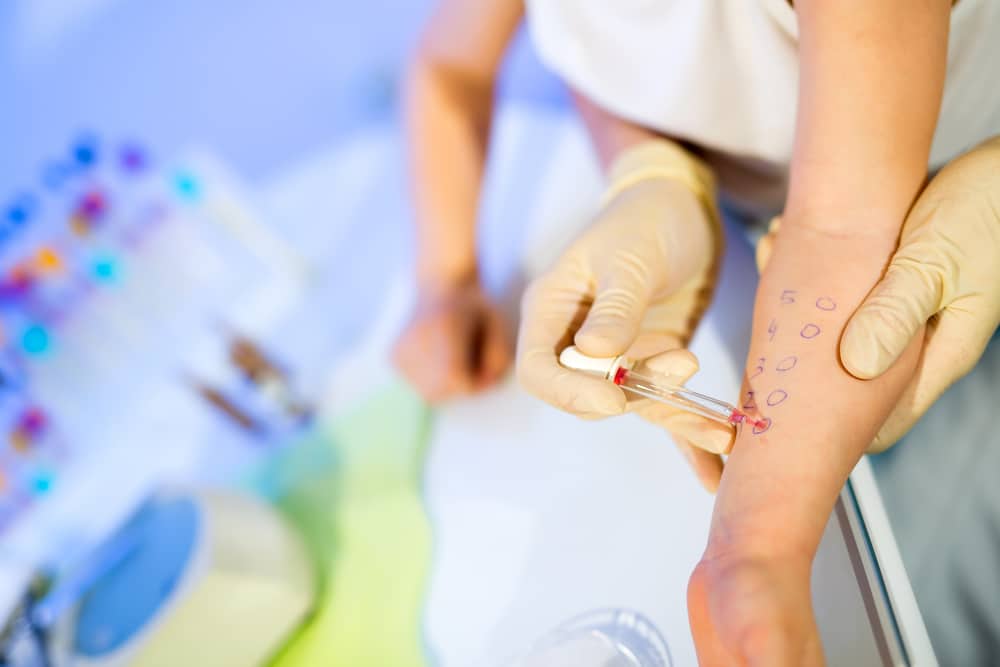Contents:
Medical Video: Brain Nourishment to Prevent Strokes
Neural protection is one of the focuses of stroke research. Treatment for stroke has been and will continue to be directed at preventing brain damage that occurs due to a lack of blood supply. Prevention of stroke includes healthy habits, such as eating healthy food and stress control. Recognize the symptoms of a mild stroke so that you know when to immediately seek medical help, along with consistent treatment, is recommended as the best way to control the potential damage that can be caused by a stroke.
Stroke treatment methods focus on increasing blood supply to the brain and maintaining a general body health for brain recovery as soon as possible. Post-stroke, treatment generally focuses on further stroke rehabilitation and prevention. Post-stroke rehabilitation includes exercise to retrain defective muscles. Rehabilitation also includes a strategy to utilize undamaged parts of the brain to continue important functions that have been damaged by a stroke. Dementia and behavior changes due to stroke are seen as more difficult to treat with rehabilitation therapy. However, computer simulations can develop in the coming years and become an additional method to help stroke recovery.
One interesting potential in the stroke therapy approach is protection and the possibility of regenerating damaged brain cells. Is it possible to cure the brain? Can drugs be developed to repair nerves damaged by a stroke? For decades, neuroscientists have wondered what can be done to revive or heal damaged parts or tissues of the brain.
Researchers have long studied molecular changes related to brain tissue damage and cell damage that occur during strokes. This study revealed that strokes cause various harmful effects on the part of the brain tissue that is affected, due to lack of oxygen. Some changes in the brain include inflammation, release of stress chemicals, changes in blood vessels in the brain, oxidative cell damage, abnormalities in mineral concentrations, and death of brain cells. Several scientific research experiments have been carried out on human brain cells, animal tissue, and even some small experiments in humans to see whether drug agents that fight the harmful effects of strokes can have a beneficial effect on damaged brain tissue.
Studies of various chemicals whether applied to brain tissue or injected in IV form only promise limited results, and so far there is no evidence of strong effectiveness. But research on neuronal protection still has potential as a method of treating stroke that can go beyond the stages of prevention and rehabilitation.
The development progress of neuroprotective drugs that can be widely used for stroke treatment may not be available in the near future. But that does not mean this is only limited to imagination. It is possible that the development and practical use of effective drugs for neuroprotection after stroke can develop in the next ten years.
Meanwhile, stroke sufferers are currently using the strong support system, including family and friends, while maintaining good relations with each other. Stroke sufferers can continue to live a productive and happy life. Stroke is a disease that has some of its characteristics well understood, but many parts that still remain a scientific mystery. Treatment of stroke now has many exciting new developments, so stroke sufferers can live longer and healthier than before.












